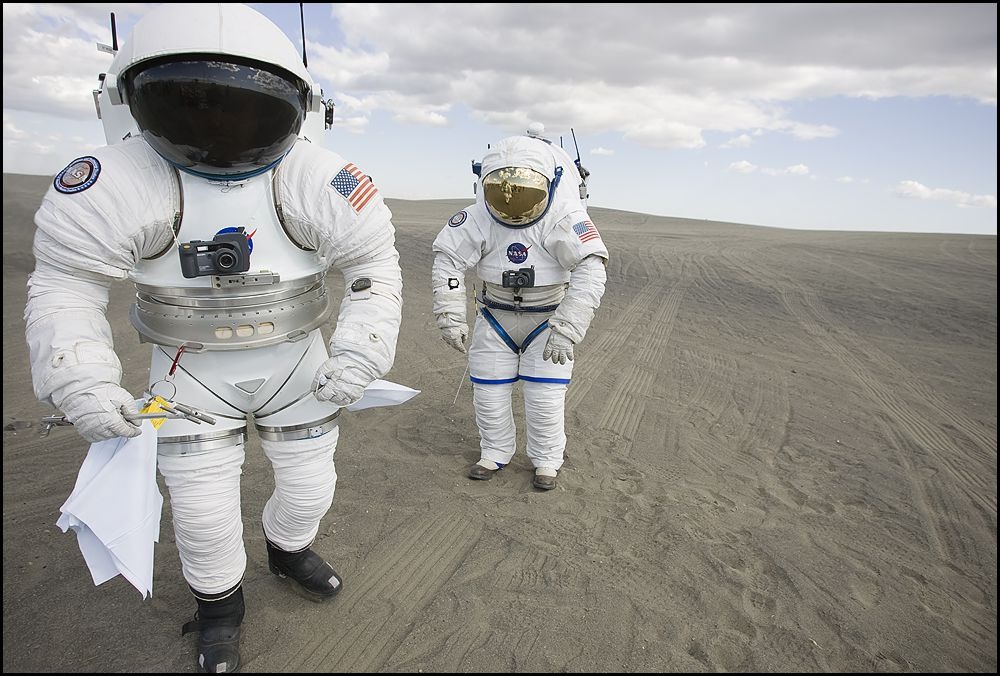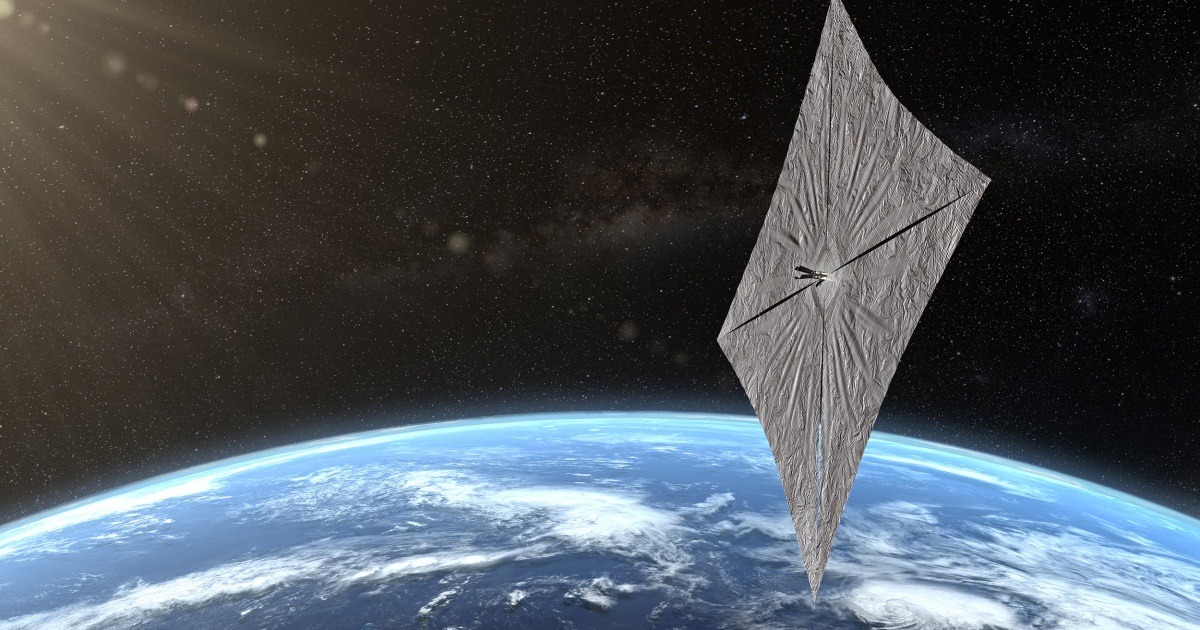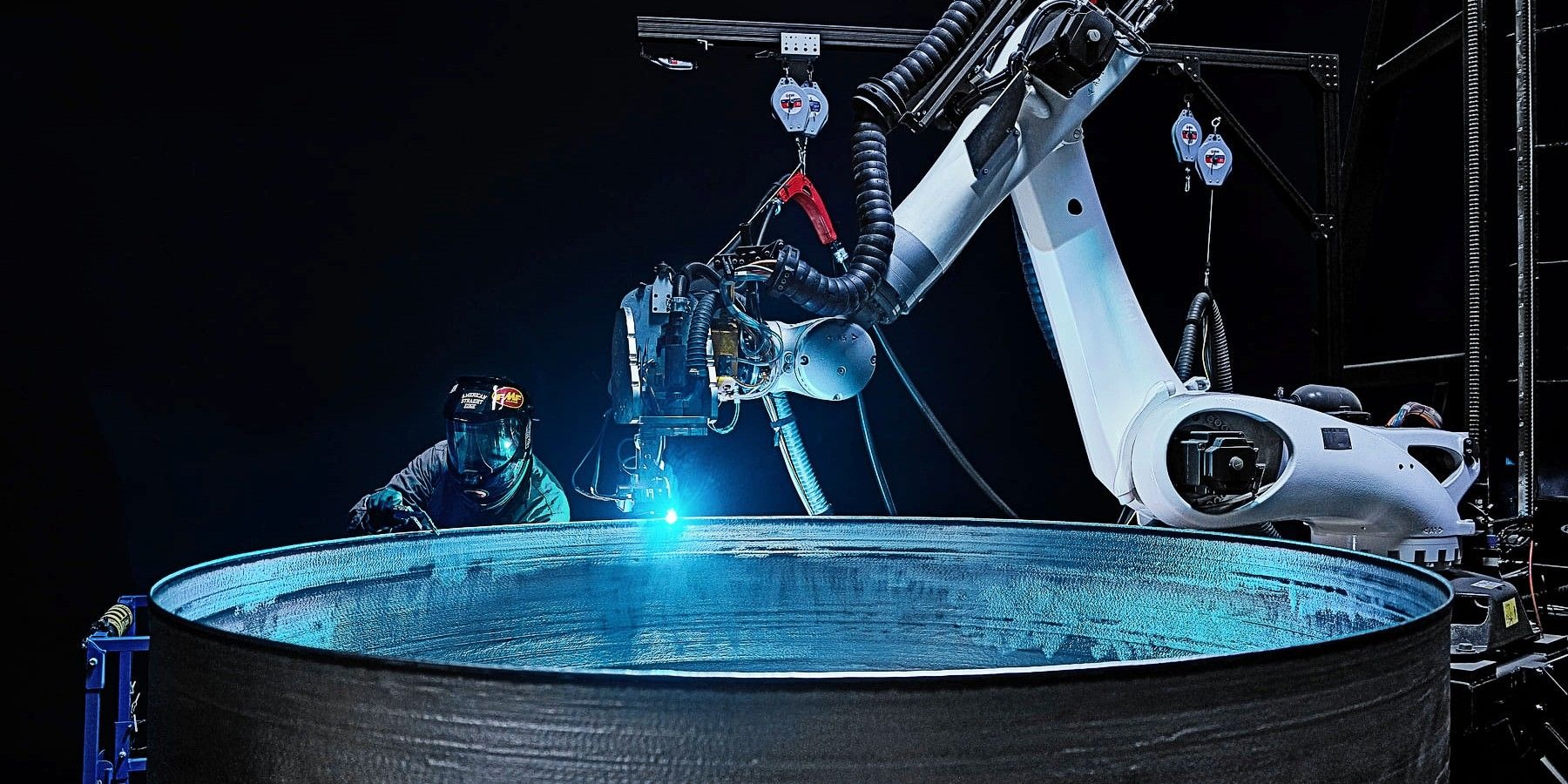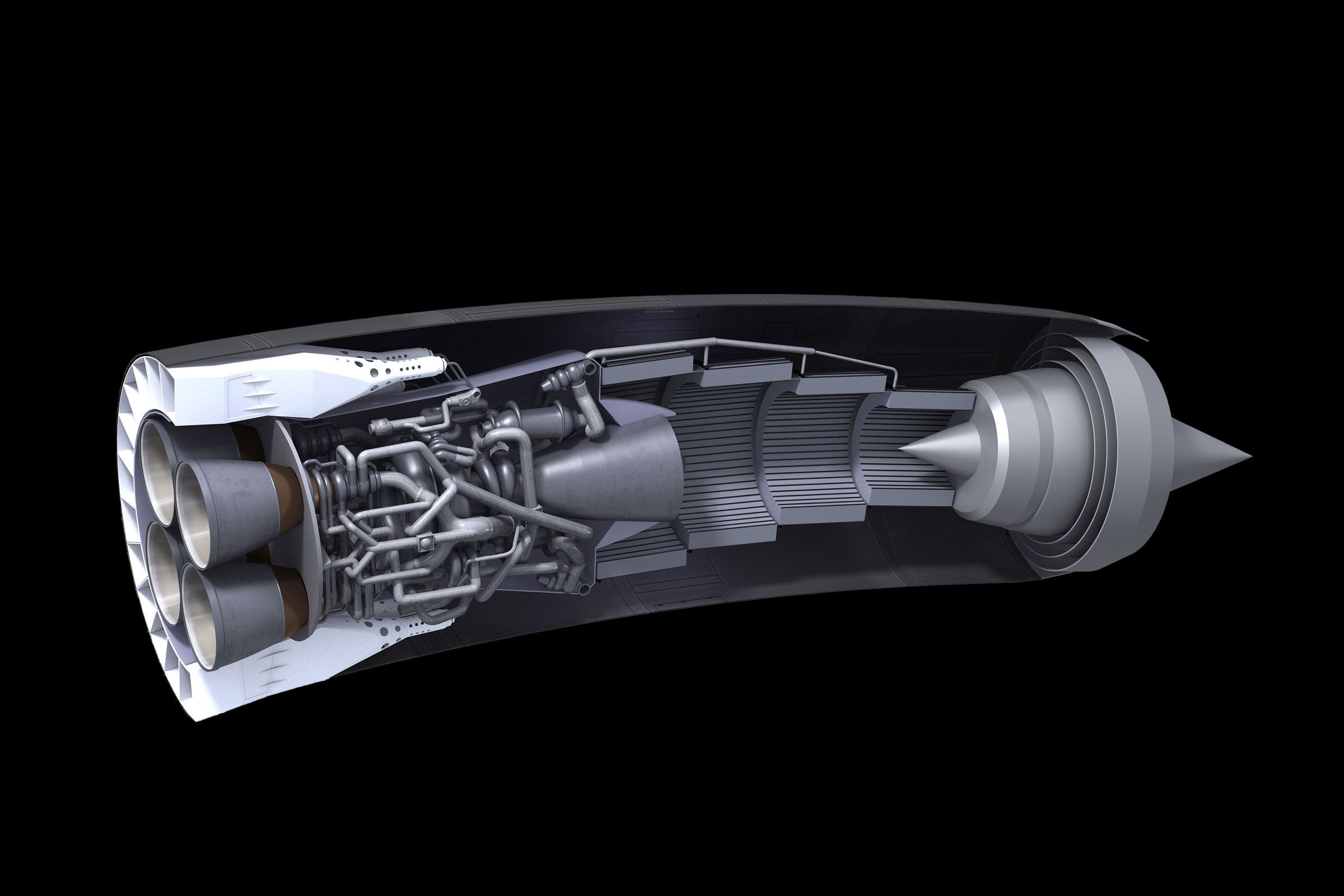When we see pictures of astronauts, we often see them in a big, white suit. This suit is more than just clothes; it is a complex machine, a personal spaceship that keeps a person alive in the harsh environment of space. The space suit has to provide everything a human needs to survive, from air to protection from tiny pieces of space rock.
The story of the space suit is a story of continuous innovation. Over the years, the suits have changed and gotten better, with each new design solving a new problem and preparing us for the next big step in space exploration. From the first simple suits that were designed for survival to the new, advanced suits that will be used for a permanent home on the Moon, the space suit has come a long way. In this article, we will take a deep dive into the evolution of space suit technology, from the early days of Project Mercury to the new suits of the Artemis program.
The First Suits: Project Mercury and a Suit for Survival
In the late 1950s and early 1960s, the first American space program, Project Mercury, was focused on sending a single astronaut into space for a short mission. The suits that were designed for these missions were very simple. They were not made for an astronaut to walk in space. Their main job was to keep the astronaut alive in case of a problem with the spacecraft, like a loss of air pressure.
The Mercury space suits were a type of suit that was used by high-altitude pilots. They were made of a rubber-coated nylon fabric and were pressurized to keep the astronaut’s body at a safe pressure. The suits did not have a life support backpack. Instead, they got their oxygen and temperature control from the spacecraft itself. These suits were a crucial part of the mission, but they were a far cry from the complex suits that would come later.
The Next Step: Gemini and the First Spacewalks
The Gemini program, which came after Mercury, was designed to prepare astronauts for a long journey to the Moon. One of the most important skills they had to learn was how to leave their spacecraft and work in space, a task that is called a spacewalk or Extra-Vehicular Activity (EVA). This required a new and more advanced kind of suit.
The Gemini space suits were much more complex than the Mercury suits. They had a lot more layers to provide better protection from the extreme temperatures of space and from tiny pieces of space rock. They also had a more advanced life support system that was built into the suit. This allowed an astronaut to leave the spacecraft and work on their own, a crucial step for the Apollo missions.
The first American spacewalk was done by astronaut Ed White on the Gemini 4 mission in 1965. His spacewalk was a historic moment, but it was also a learning experience. The suit was not very flexible, and he had a hard time moving and working in it. The lessons learned from the Gemini spacewalks were a huge help for the design of the next generation of suits.
The Lunar Suit: Apollo and Walking on the Moon
The Apollo Program had the most ambitious goal of all: to land humans on the Moon. This required a new suit that was much more advanced than anything that had come before. The lunar space suit was designed for a new and very difficult environment. It had to be flexible enough for an astronaut to walk and work in low gravity, and it had to be tough enough to protect them from the harsh lunar surface.
The Apollo space suit was made of up to 21 layers of material. Each layer had its own job:
- The Cooling Layer: The first layer, which was closest to the skin, was a liquid cooling garment that had a lot of tiny tubes in it. Chilled water would flow through the tubes to keep the astronaut from getting too hot.
- The Pressure Layers: The inner layers were designed to hold the air and keep the astronaut’s body at a safe pressure.
- The Outer Layers: The outer layers were made of a material that was designed to protect the astronaut from the extreme temperatures of the Moon (from -250 degrees Fahrenheit in the shade to +250 degrees in the sun) and from micrometeoroids.
The most important part of the lunar suit was a backpack called the Portable Life Support System (PLSS). This backpack provided the astronaut with air to breathe, a communication system, and temperature control. It was a personal spaceship that allowed an astronaut to work on the Moon for hours at a time. The suits used for walking on the Moon were a huge leap in technology and design.
The Modern Suits: Space Shuttle and the ISS
After the Apollo program, NASA developed a new kind of space suit for the Space Shuttle and the International Space Station (ISS). These suits were different because they were designed to be used many times.
- Launch and Entry Suit: For launch and landing, astronauts wore a simple orange suit called the Advanced Crew Escape Suit (ACES). This suit’s job was to protect the astronauts in case of a problem during liftoff or re-entry. It was a good suit for survival, but it was not made for a spacewalk.
- The Spacewalk Suit: For spacewalks, astronauts used a different kind of suit called the Extravehicular Mobility Unit (EMU). This suit was designed to be modular, which means it was made of a lot of different pieces that could be swapped out. This allowed the suit to be resized for different astronauts. The EMU was designed for long spacewalks and had a lot of improvements from the Apollo suits, including a new system for removing carbon dioxide and a safer communication system. The EMU is still used on the ISS today.
The Future Suits: The Artemis Program and a Return to the Moon
The new suits being developed for the Artemis program are the next big step in the evolution of space suit technology. The goal of Artemis is to land the first woman and the first person of color on the Moon and to build a permanent base there. This requires a new suit that is more advanced and more flexible than any suit that has come before.
The new suits, called the Exploration Extravehicular Mobility Unit (xEMU), are being designed with a lot of new features:
- Advanced Mobility: The xEMU suits will have a lot of new bearings and joints that will allow astronauts to move more freely. They will be able to bend at the hips and knees, which will make it much easier for them to walk on the Moon’s surface, pick up rocks, and do scientific work.
- Built-in Technology: The new suits will have a lot of new technology built into them, including new communication systems that are voice-activated, so the astronauts don’t have to use their hands to talk. The suits will also have a better system for monitoring an astronaut’s health.
- Dust Protection: The lunar soil, or regolith, is a big problem for spacesuits. It is made of tiny, sharp particles that can get into the suit and damage it. The new suits are being designed with special materials and new seals to keep the dust out.
The xEMU suits are being designed to be safer, more flexible, and more advanced than any suit that has come before. They will be the suits that take us back to the Moon and help us to build a new home there.
Conclusion
The space suit has evolved a lot since the early days of space travel. It has gone from a simple survival suit to a sophisticated, personal spaceship that can protect an astronaut from the harsh environment of space. The suits that were used for Project Mercury were simple, but they were the beginning. The suits of the Gemini and Apollo programs were a huge leap forward, allowing astronauts to do spacewalks and to walk on the Moon. The modern suits of the Space Shuttle and the ISS are designed for longevity and for a lot of work. And the new suits of the Artemis program will be the most advanced of all, designed for a permanent presence on the Moon and a future journey to Mars.










